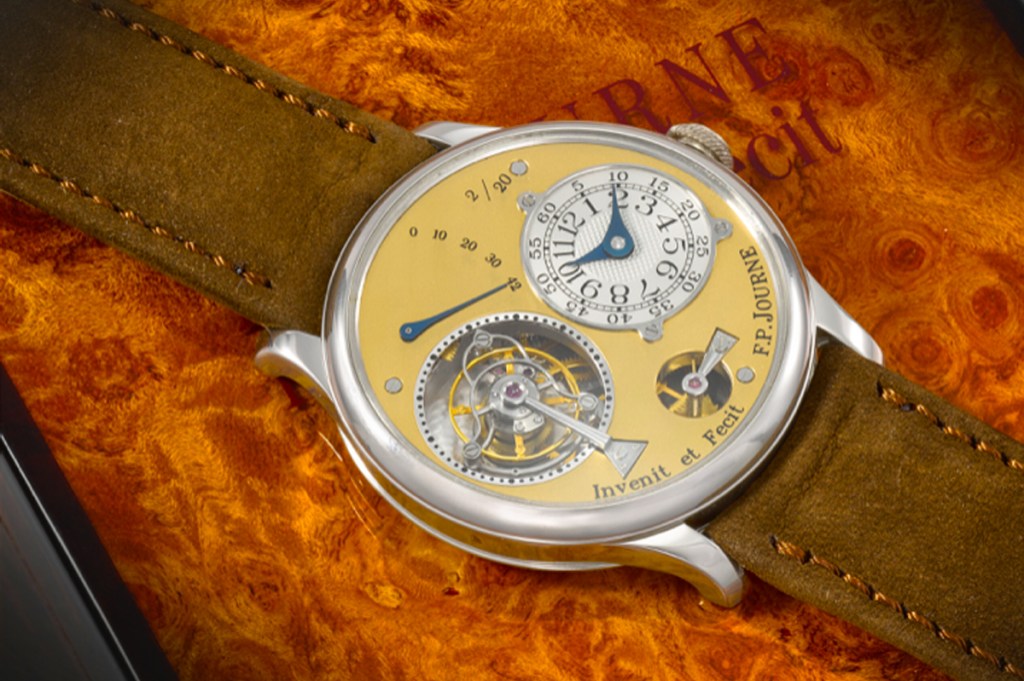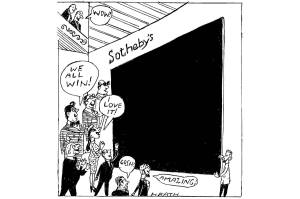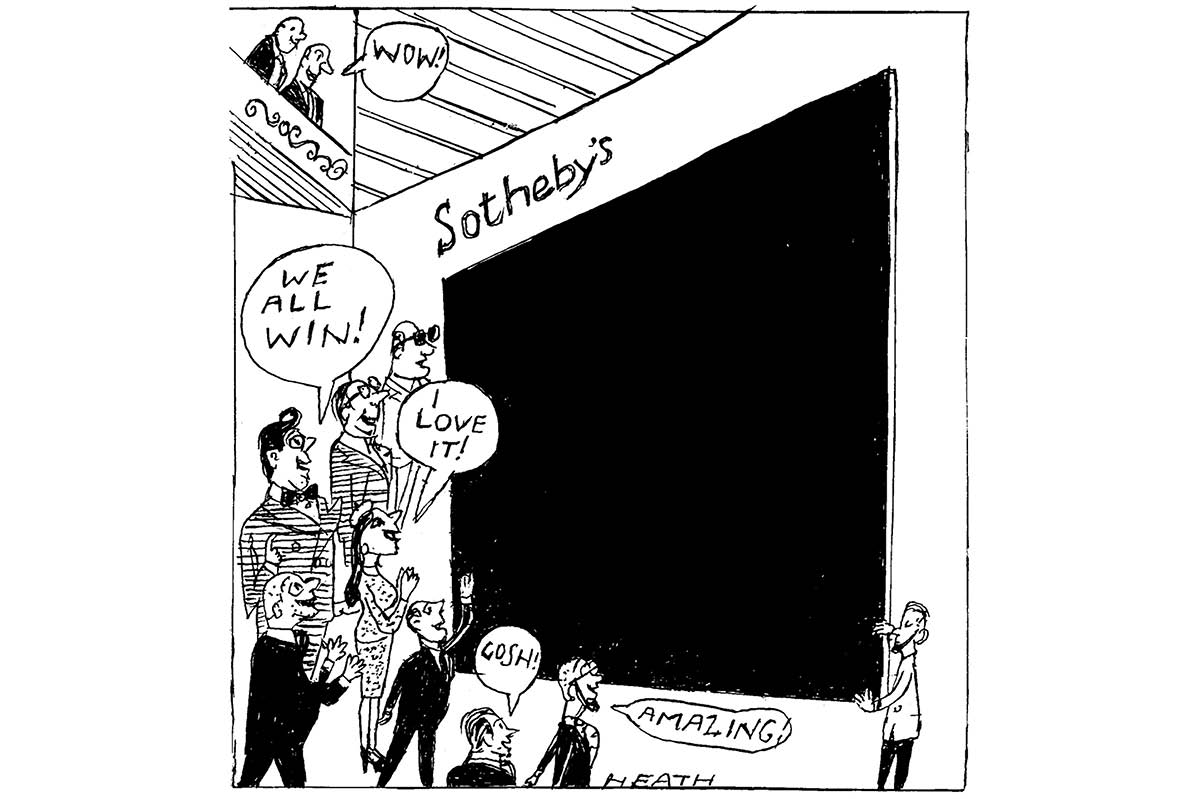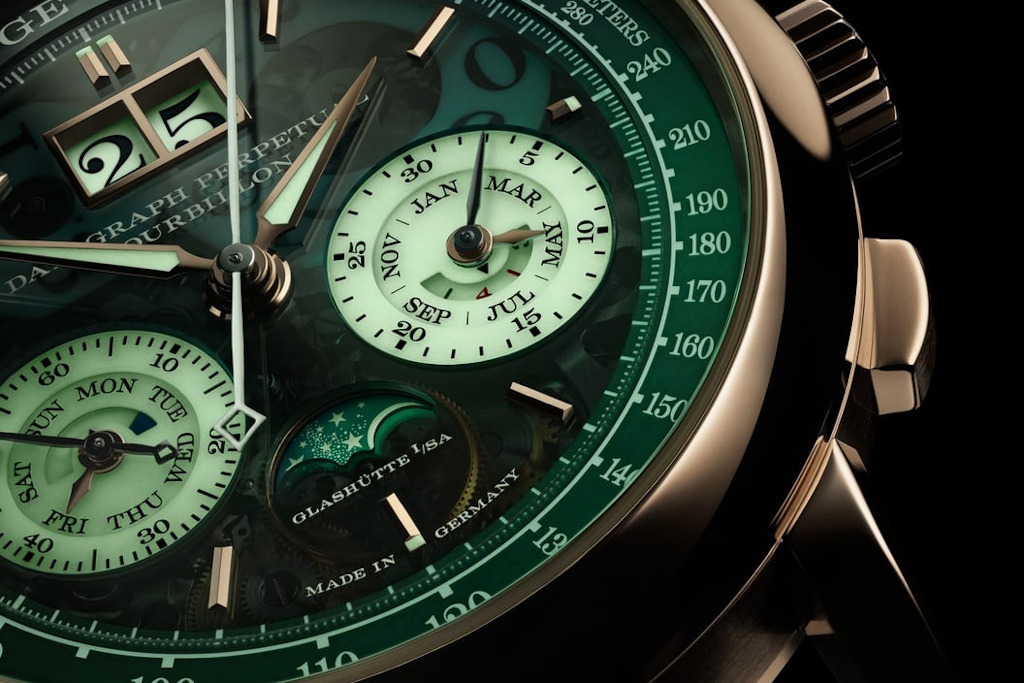Over the last four years, one of the biggest trends in watch collecting has been the rise of the “independents” — the independent watchmakers with eponymous brands like Philippe Dufour, F.P. Journe, Roger Smith, as well as the new kids on the block like Rexhep and Xhevdet Rexhepi and my friends Petermann Bédat. These independent watchmakers typically have years of experience working for other watch companies such as Patek Philippe, Audemars Piguet and A. Lange & Söhne before starting their own brands.
The “independents” have gone from being the nerdy kids in the back of the class — they literally had a small area at the now-defunct Baselworld annual watch fair where you could go up and talk to any of them at essentially any time as they tried to sell you their watches — to being the coolest cats in the room. Their journey took them from having watches readily available for sale to waitlists that can extend beyond ten years. Their prices have skyrocketed — and now, the independent watchmakers are being treated as living artists such as Jeff Koons, Damien Hirst and countless others who can command huge premiums for their work.
One example is Philippe Dufour, who in 2000 introduced a simple time-only watch he appropriately named “Simplicity.” The original retail price on this watch was between $40,000-$60,000, depending on the size and configuration. Initially unsure of the demand, Dufour committed to make only a small number of pieces. But as the demand and appreciation grew, he ended up making slightly over 200 in total. In November 2016, during my time working at Christie’s in Hong Kong, one 37mm example in white gold sold for $256,000. A similar model (with the same dial configuration and the same 37mm case in white gold) sold in November 2022 for $880,000. It increased three and a half times in value in six years.
This is nothing compared to the F.P. Journe Souscription Tourbillon. Journe only made twenty of these; one sold in 2016 for approximately $161,000 in 2016 at auction, while another sold for approximately $3,539,000 in 2021 — an almost twenty-two-fold increase in five and a half years. That one stings, as I sold one example of this watch earlier in 2021 for way less money. If only I’d sat around and played golf for a few months while the Journe market went wild.
Even ephemera from the independent watchmakers are going for huge amounts of money. A set of F.P. Journe Kokies rubber dolls recently sold for over $25,000 at a Christie’s Geneva auction after retailing for less than $1,000. Additionally, a special F.P. Journe box sold for approximately $116,000 in 2021. I never thought we would see a simple wooden watch box going for six figures…
I believe the interest in independent watchmakers is well deserved. Many of these “independents” are masters of their craft and are doing their best to both preserve traditional fine watchmaking, such as the methods and complications developed by Abraham-Louis Breguet two centuries ago, while also pushing boundaries on new developments for horology. It is unclear, however, whether the prices we have been seeing on the secondary market are here to stay or just remnant of the hype culture we saw in sneakers, cars and so many other luxury markets since the beginning of Covid-19.
Ultimately, the supply and demand curves must meet somewhere. It will be interesting to see what happens to the values for these watches in the coming years. Will the demand still be there years and decades after some of these watchmakers pass? Just as in art, I expect some of these watchmakers will become more celebrated after their deaths, while others will be forgotten.























